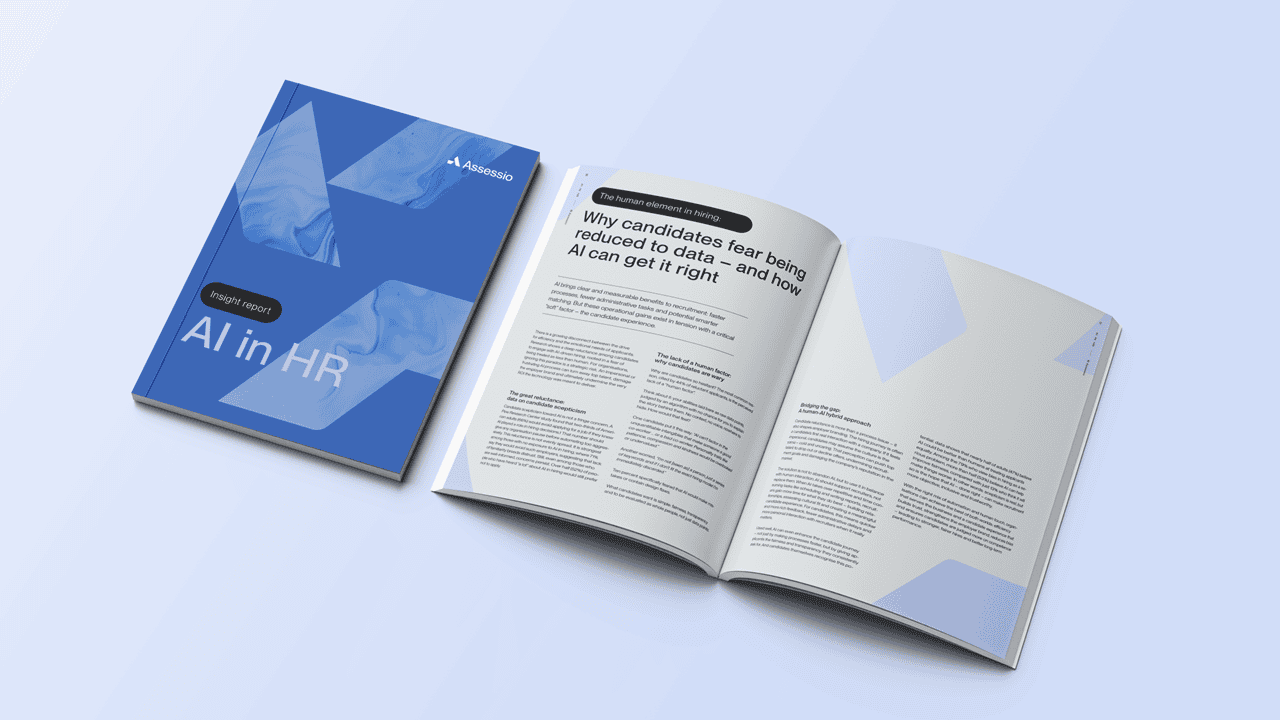Hög personalomsättning: Priset du får betala för förlorad talang
Begrepp som "quiet quitting", "quiet firing" och "The Great Resignation" har under de senaste åren lyft fram helt nya trender på arbetsmarknaden.
Varför medarbetare väljer att lämna sina arbetsplatser är en komplex fråga som kan härledas till flera faktorer, som ofta varierar från organisation till organisation.
Det finns dock vissa gemensamma nämnare när det gäller att förlora sina topp talanger. Nedan har vi beskrivit konsekvenserna av hög personalomsättning och några av de vanligaste bakomliggande orsakerna.

Personalomsättningens betydelse för arbetsplatskultur, produktivitet och varumärke
Att ersätta förlorade talanger är en kostsam och resurskrävande process. Anställande chefer och HR-avdelningen måste investera tid, pengar och energi i att identifiera personalbehov, hantera en ofta tidskrävande rekryteringsprocess och sedan introducera den nya medarbetaren. Enligt en rapport kan kostnaden för att förlora en medarbetare uppgå till allt från flera månadslöner till en hel årslön. Sammantaget kräver det stora ansträngningar och kan leda till dyra konsekvenser för både organisationens budget och verksamhet.
När en erfaren kollega lämnar teamet följer ofta en nedgång i produktiviteten. Värdefulla medarbetare som besitter djup expertis och detaljerad institutionell kunskap är inte lätta att ersätta - eller ens helt ersätta överhuvudtaget. Om rollen förblir vakant under en längre period kan det leda till obalans i arbetsbelastningen, minskad kvalitet på produkter eller tjänster och ökad stress bland de kvarvarande teammedlemmarna. Denna förlust kan undergräva teamets övergripande moral och samarbete, vilket ställer högre krav på ledarskapet. I slutändan kan företagets förmåga att konkurrera och anpassa sig till förändringar i branschen bli lidande.
Hög omsättning kan också signalera att ett företag inte är en attraktiv arbetsplats eller en stabil verksamhet. Som ett resultat kan arbetsgivarvarumärket och det bredare ryktet ta skada - både bland potentiella anställda och kunder.

Enligt en undersökning planerar fler svenskar än vanligt att byta jobb i år. Arbetsmiljön är en viktig orsak till missnöje - var fjärde anställd uppger att de är missnöjda med företagskulturen, ledarskapet eller sin chef.
Varför dina medarbetare slutar
För att effektivt minska hög personalomsättning är det viktigt att förstå de viktigaste drivkrafterna som får medarbetare att lämna företaget. Nedan beskrivs några av de vanligaste bakomliggande orsakerna till att medarbetare söker nya möjligheter på annat håll.
1. Ineffektivt ledarskap
Ledarskapet spelar en avgörande roll när det gäller att behålla medarbetare. Chefer som är oengagerade, inte ger stöd eller inte kommunicerar effektivt kan skapa en negativ arbetsmiljö där motivation och engagemang blir lidande. När ledare ger lite feedback, saknar vägledning eller inte erkänner bidrag är det mycket mer sannolikt att medarbetarna överväger att lämna organisationen.
2. Brist på karriärutveckling och utveckling
En av de främsta orsakerna till missnöje på arbetsplatsen är avsaknaden av meningsfulla karriärmöjligheter. Det kan handla om begränsad tillgång till kompetensutveckling, intern rörlighet eller utökade ansvarsområden. När rollerna saknar utmaningar eller möjlighet till utveckling kan medarbetarna känna sig förbisedda eller orättvist behandlade. Med tiden blir denna upplevda stagnation en viktig pådrivande faktor.
3. Arbetsmiljö och psykologisk säkerhet
Psykologisk osäkerhet är en starkt bidragande orsak till hög personalomsättning. Om medarbetarna inte känner sig trygga med att uttrycka åsikter, farhågor eller idéer utan rädsla för motreaktioner skapas en giftig kultur. Brist på psykologisk trygghet kan leda till oengagemang, stress och i slutändan utbrändhet. I miljöer där människor inte kan vara sig själva blir instinkten att lämna starkare - och mer angelägen.
Dessa tre faktorer är inte de enda orsakerna till personalomsättning, men de är bland de viktigaste. Att proaktivt förbättra ledarskapskvaliteten och främja en sund och inkluderande arbetsplatskultur är avgörande för att behålla talanger och säkra långsiktig organisatorisk stabilitet.



